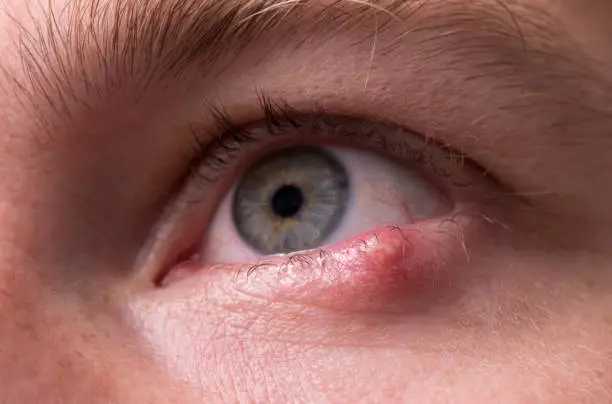What do you dream about Ragged?

Dreams hold a significant place in various cultures and belief systems, often interpreted as messages or glimpses into the future. In this response, we will explore the dream of being ragged through the lenses of four distinct dream interpreters: Miller, Vanga, Freud, and the Muslim Dreamer. Each interpretation will highlight different aspects, leading to a richer understanding of this complex vision.
1. Miller's Interpretation: According to Gustavus Hindman Miller, a prominent American dream interpreter, dreams of being ragged represent personal struggles with self-worth and societal perception. If an individual dreams of wearing ragged clothing or appearing disheveled, it may indicate feelings of inferiority in waking life. Miller suggests that such dreams arise from a sense of inadequacy, possibly stemming from recent failures or disappointments. These feelings could relate to various aspects of life including work, relationships, or self-image. Dreaming about being ragged can also symbolize a need for transformation; change is on the horizon if one is willing to embrace the underlying message in these dreams. If the dreamer takes the time to reflect on their life and address these feelings, they may find themselves shedding the "ragged" aspects and step into a more empowered version of themselves.
2. Vanga's Interpretation: The esteemed Bulgarian clairvoyant Vanga held that dreams are powerful reflections of the soul’s journey. For Vanga, a dream about being ragged may indicate a period of suffering, either in the past or approaching. It often represents a need for introspection and an awareness of one's emotional state. In Vanga’s perspective, raggedness in a dream does not simply signify abandonment or neglect; rather, it serves as a wake-up call for the dreamer. Vanga might argue that the dreamer needs to re-examine their relationships and surroundings. Perhaps the ragged clothing signifies emotional burdens or toxic relationships that require addressing. Emphasis on self-care, cleansing one’s spirit, and releasing past grievances takes center stage in Vanga’s interpretation. The dream serves as a nudge to seek healing and restoration of the self.
3. Freud's Interpretation: Renowned psychoanalyst Sigmund Freud often emphasized the significance of dreams as a window into unconscious desires. In Freud’s view, dreaming about being ragged may symbolize deep-seated feelings of shame or guilt regarding one’s desires or actions. The raggedness can represent vulnerability and exposure, often relating to feelings of inadequacy or fear of judgment. Freud would likely analyze the context of the dream, asking whether the dreamer feels vulnerable in relationships or career ambitions. Dreams of this nature might prompt the individual to confront hidden aspects of themselves, illuminating desires they feel ashamed of or compelled to hide. Furthermore, from a Freudian perspective, being ragged could also signify a longing for freedom from societal norms or expectations, suggesting the dreamer yearns for liberation from psychological constraints.
4. Muslim Dreamer’s Interpretation: In Islamic traditions, dreams are seen as significant messages, often interpreted through the teachings of the Quran and Hadith. The Muslim Dreamer perspective holds that dreams involving raggedness could indicate a need for repentance. The dreamer may be facing challenges or trials that push them toward self-reflection and a return to faith. Clothing is often a symbol of one’s honor and dignity in Muslim culture; therefore, dreaming of being ragged might indicate a loss of status or respect in the community. However, this does not always carry negative connotations. The rash of raggedness could symbolize humility and the importance of seeking forgiveness. The dream can act as an invitation to reevaluate one's actions and motivations and seek spiritual growth. The theological interpretations emphasize that such dreams are vehicles for divine guidance, urging the dreamer to restore their relationship with God and the community.
In summary, the dream of being ragged can be illuminated through a multidimensional interpretive lens. Miller highlights personal inadequacy and the potential for transformation through self-reflection. Vanga emphasizes emotional healing and the importance of addressing toxic relationships. Freud points to deeper unconscious desires and the struggle with societal norms, while the Muslim Dreamer underlines the spiritual significance of humility and seeking redemption. This multifaceted analysis ultimately encourages the dreamer to embrace awareness, introspection, and the potential for profound change in their waking life. Reflecting on these various interpretations can guide the dreamer in their quest for understanding the self, leading to personal growth and healing.





